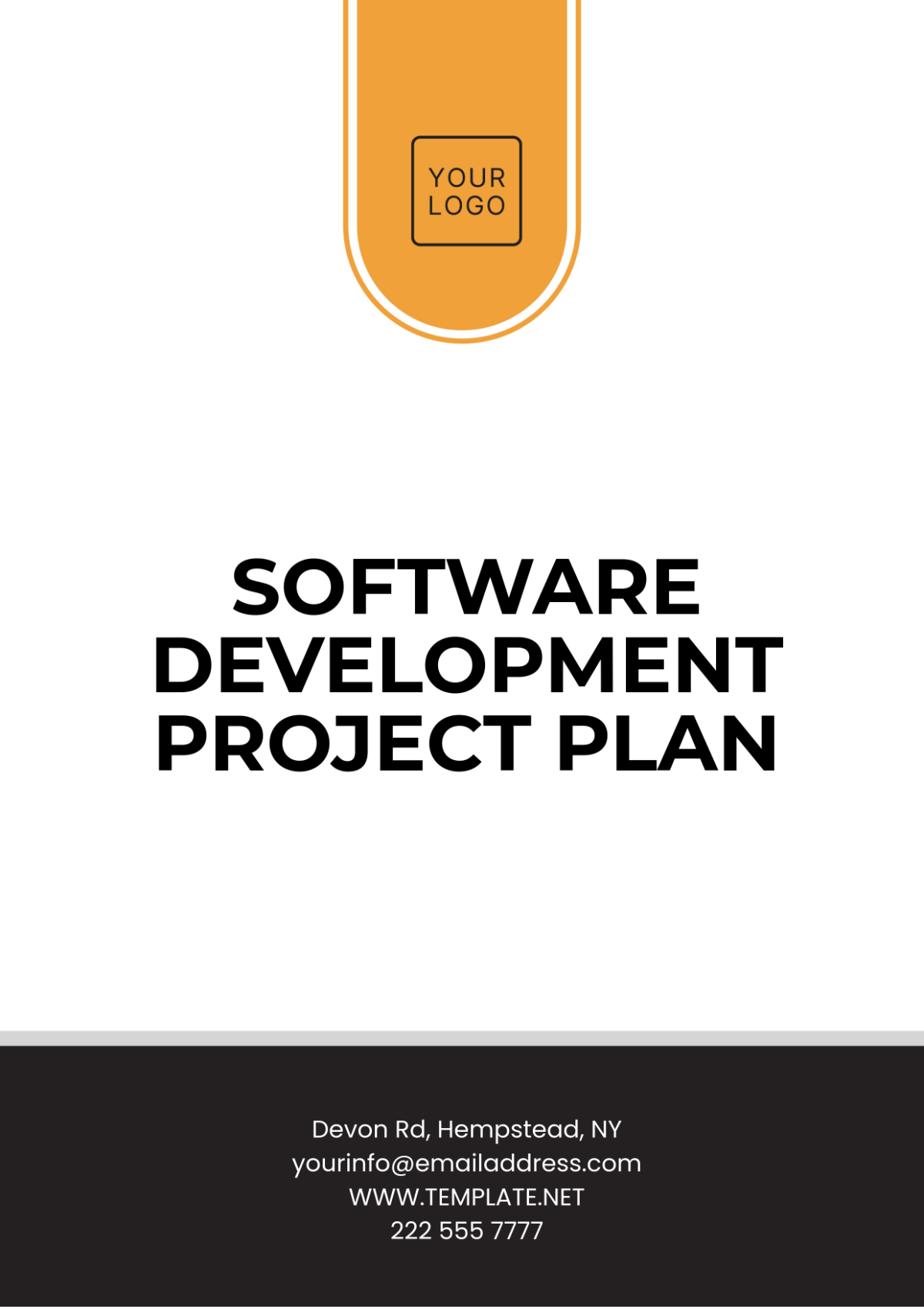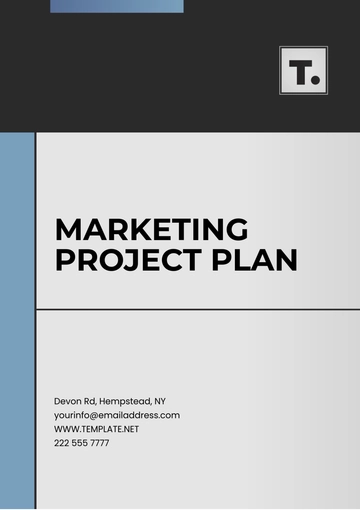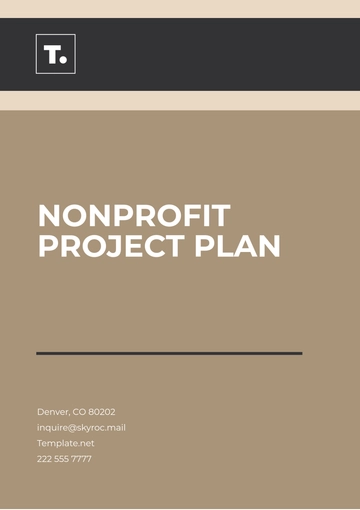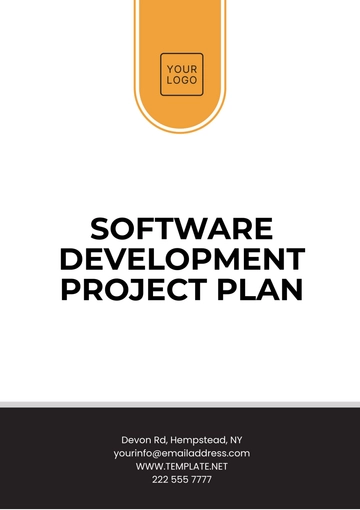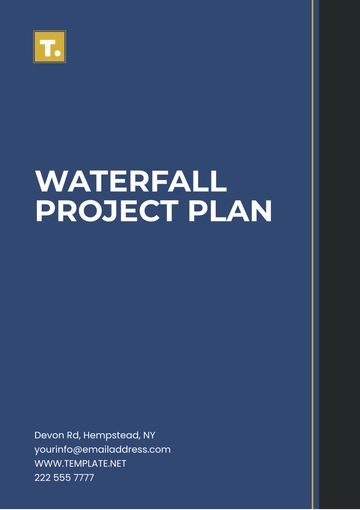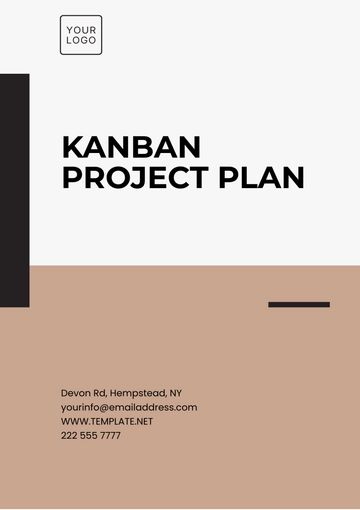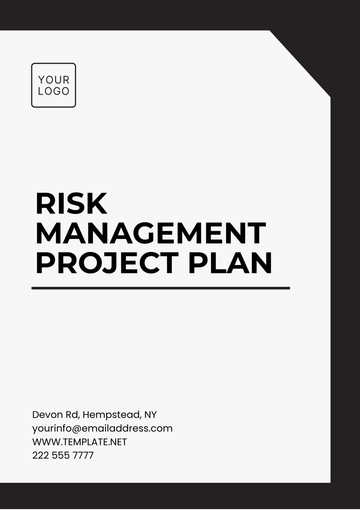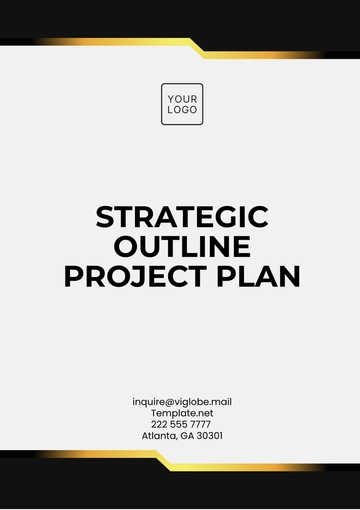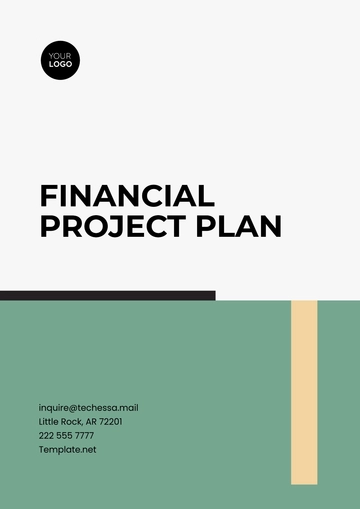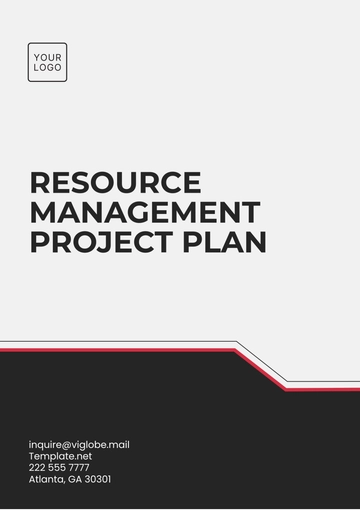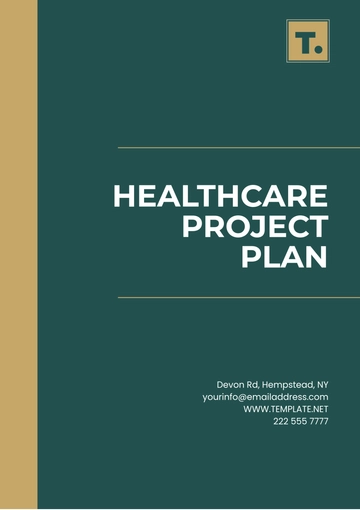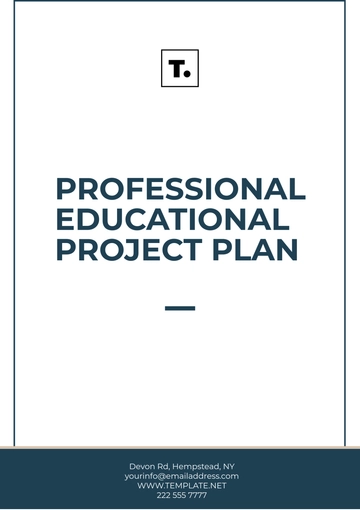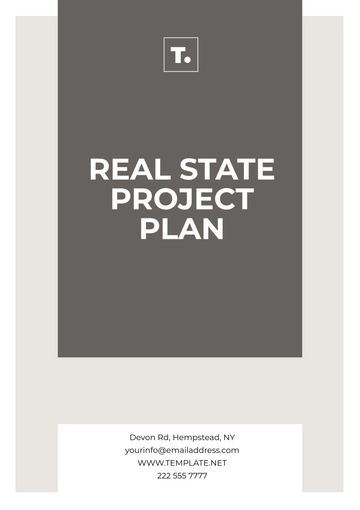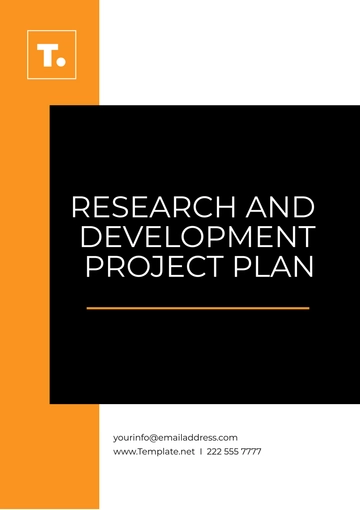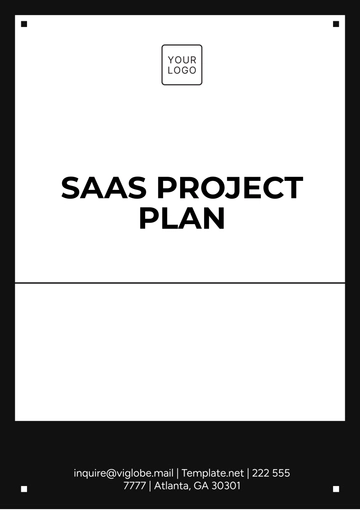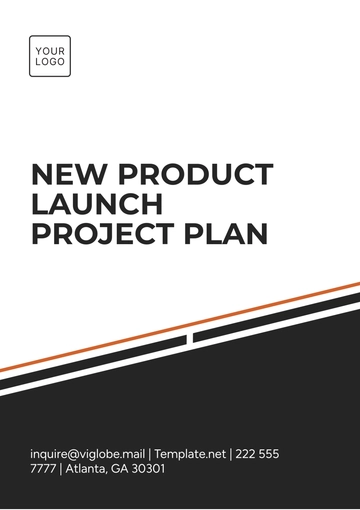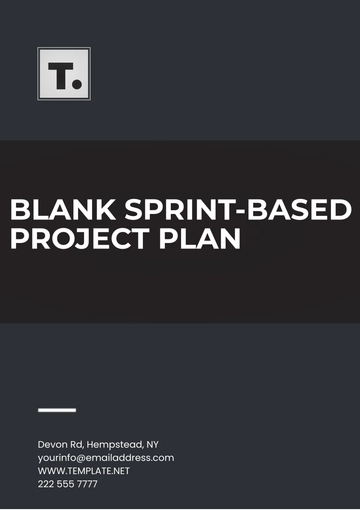SOFTWARE DEVELOPMENT PROJECT PLAN
Department : | [Your Department] |
Date : | [Current Date] |
I. Project Overview:
The [Project Name] is geared towards creating an engaging platform for learners enrolled in the [Your Company Name] to master new languages effectively. With a focus on interactivity, the software will encompass various features such as interactive lessons, vocabulary drills, and proficiency assessments. Led by a team of dedicated students from the [Your Company Address], the project aims to deliver a user-friendly interface enriched with multimedia content like audio clips, videos, and images, catering to diverse learning styles. The primary objectives include:
II. Project Schedule:
The project timeline will be divided into distinct phases, each focusing on specific aspects of software development and deployment. Key milestones and deliverables include:
Phase | Timeline | Tasks |
|---|
Planning Phase | Week 1 | 1. Define project scope, objectives, and requirements. 2. Conduct market research and user surveys. 3. Create a detailed project plan. |
Development Phase | Weeks 2-6 | 1. Design user interface mockups and wireframes. 2. Develop backend infrastructure and database architecture. 3. Implement front-end features. 4. Conduct code reviews and testing. |
Testing and QA Phase | Weeks 7-8 | 1. Develop and execute comprehensive test plans. 2. Conduct usability testing with target users. 3. Implement security measures. |
Deployment and Maintenance | Weeks 9-10 | 1. Deploy the software to a production environment. 2. Monitor system performance and user feedback. 3. Provide ongoing maintenance and support. |
III. Resource Allocation:
Effective resource allocation is crucial for the success of the Language Learning Software Project. The following resources will be allocated throughout the project:
A. Human Resources:
B. Hardware and Software:
IV. Risk Management:
Identifying and mitigating potential risks is essential to minimize project disruptions and ensure timely delivery of the language learning software. The following risks have been identified, along with corresponding mitigation strategies:
A. Technical Challenges:
B. Scope Creep:
C. Resource Constraints:
V. Quality Assurance Plan:
Ensuring the quality of the language learning software is paramount to delivering a valuable product to users. The Quality Assurance (QA) plan outlines the following procedures:
A. Testing Methodologies:
B. Bug Tracking and Resolution:
VI. Communication Plan:
Effective communication is essential for keeping all stakeholders informed and ensuring smooth project execution. The communication plan includes the following:
A. Stakeholder Communication:
Regular status updates will be provided to stakeholders, including progress reports, milestones achieved, and any issues or risks identified.
B. Team Communication:
VII. Budget and Cost Management:
Managing the project budget is essential to ensure that resources are utilized efficiently and costs are controlled. The budget and cost management plan include:
A. Budget Allocation:
Project Phase | Budget Allocation | Contingency Reserves |
|---|
Development | $50,000 | $5,000 |
Testing | $15,000 | $2,000 |
Deployment | $10,000 | $1,000 |
Maintenance | $20,000 | $3,000 |
B. Cost Monitoring and Control:
Action | Description |
|---|
Expense Tracking | |
Budget Deviation Analysis | |
Corrective Actions | |
Reporting | |
Project Plan Templates @ Template.net
